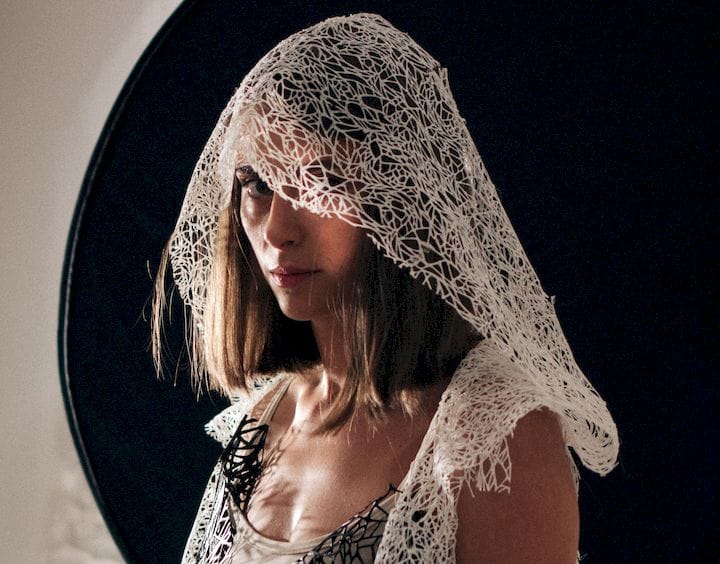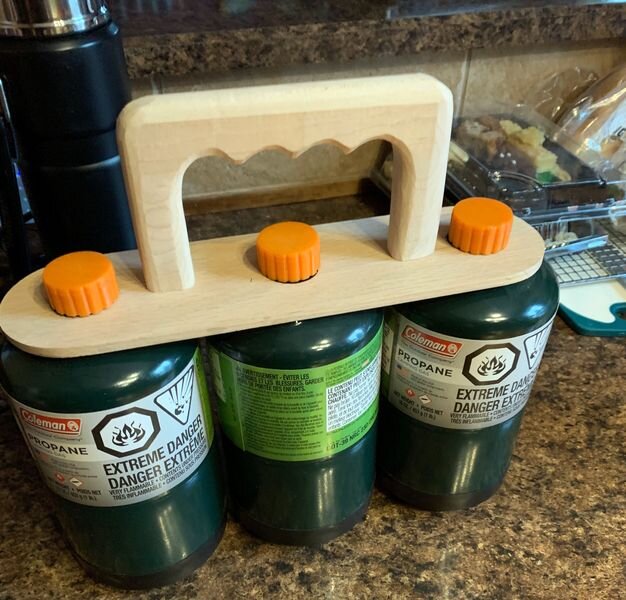![Flexible 3D printed clothing [Source: Maja Milinić-Bogdanović]](https://fabbaloo.com/wp-content/uploads/2020/05/image-asset_img_5eb0a28375b45.jpg)
This week’s selection is a collection of flexible clothing by Maja Milinić-Bogdanović.
Ms. Milinić-Bogdanović is currently M.A. Professor at Belgrade Polytechnics’ College of Professional Studies, finishing her PhD in Applied Arts. One of her collections, entitled “Design of Textile Flexible Materials with Application of Additive Manufacturing”, was in fact made with desktop 3D printing technology.
![Flexible 3D printed clothing [Source: Maja Milinić-Bogdanović]](https://fabbaloo.com/wp-content/uploads/2020/05/image-asset_img_5eb0a283d9726.jpg)
Milinić-Bogdanović explains the works:
“It is inspired with Word of Fractals, Biomimicry, the Beautiful Nature and solutions that it creates. These natural elements were applied here in the context of contemporary textile and fashion design. Textile plays an important role in the development of multidisciplinary areas that arise in the processes of pursuing and applying new technologies and the research and reconsideration of the artistic and aesthetic values of structures of textile surfaces.
The aim of this work is the affirmation of Additive Manufacturing in textile design, by creating wearable materials with use of FDM technology.”
![Flexible 3D printed clothing [Source: Maja Milinić-Bogdanović]](https://fabbaloo.com/wp-content/uploads/2020/05/image-asset_img_5eb0a2842e5f8.jpg)
The collection contains several elements, including blouses, coats, a dress, pelerines (cape collars) and a shirt.
![Flexible 3D printed clothing [Source: Maja Milinić-Bogdanović]](https://fabbaloo.com/wp-content/uploads/2020/05/image-asset_img_5eb0a2847a119.jpg)
Milinić-Bogdanović used fractals, chaos theory and tree leaf patterns to generate the 3D models used in the collection.
![Flexible 3D printed clothing [Source: Maja Milinić-Bogdanović]](https://fabbaloo.com/wp-content/uploads/2020/05/image-asset_img_5eb0a284c896a.jpg)
The material used to produce the collection’s items was the flexible TPU material NinjaFlex, which can be tricky to 3D print. Milinić-Bogdanović explains that this flexible material was required because the stresses caused when wearing clothing require repeated movement and elongation; more rigid materials would likely crack, even if they do bend somewhat when printed at small thicknesses.
![Flexible 3D printed clothing [Source: Maja Milinić-Bogdanović]](https://fabbaloo.com/wp-content/uploads/2020/05/image-asset_img_5eb0a2851d3fb.jpg)
The most surprising aspect of the project was the machine on which the collection was 3D printed: a basic Printrbot Play. This is a small, inexpensive desktop device that one might suspect could not produce a comprehensive project like this collection. Its build volume is a mere 100 x 100 x 100 mm.
![The Printrbot Play used to create these works [Source: Maja Milinić-Bogdanović]](https://fabbaloo.com/wp-content/uploads/2020/05/maja-printer_result_img_5eb0a2855c1cc.jpg)
However, Milinić-Bogdanović was able to produce smaller pieces which were then joined together after 3D printing to complete the larger works, which were done in black and white colors.

Milinić-Bogdanović says the works are not for sale and exist for exhibition and inspiration.











This week’s selection is a 3D printed Coronavirus!